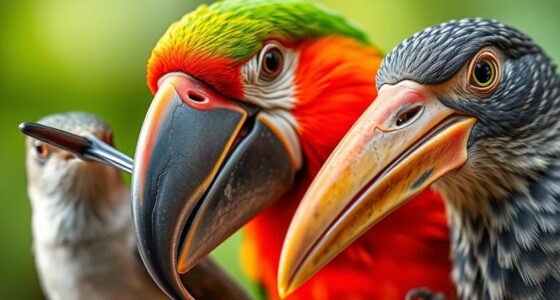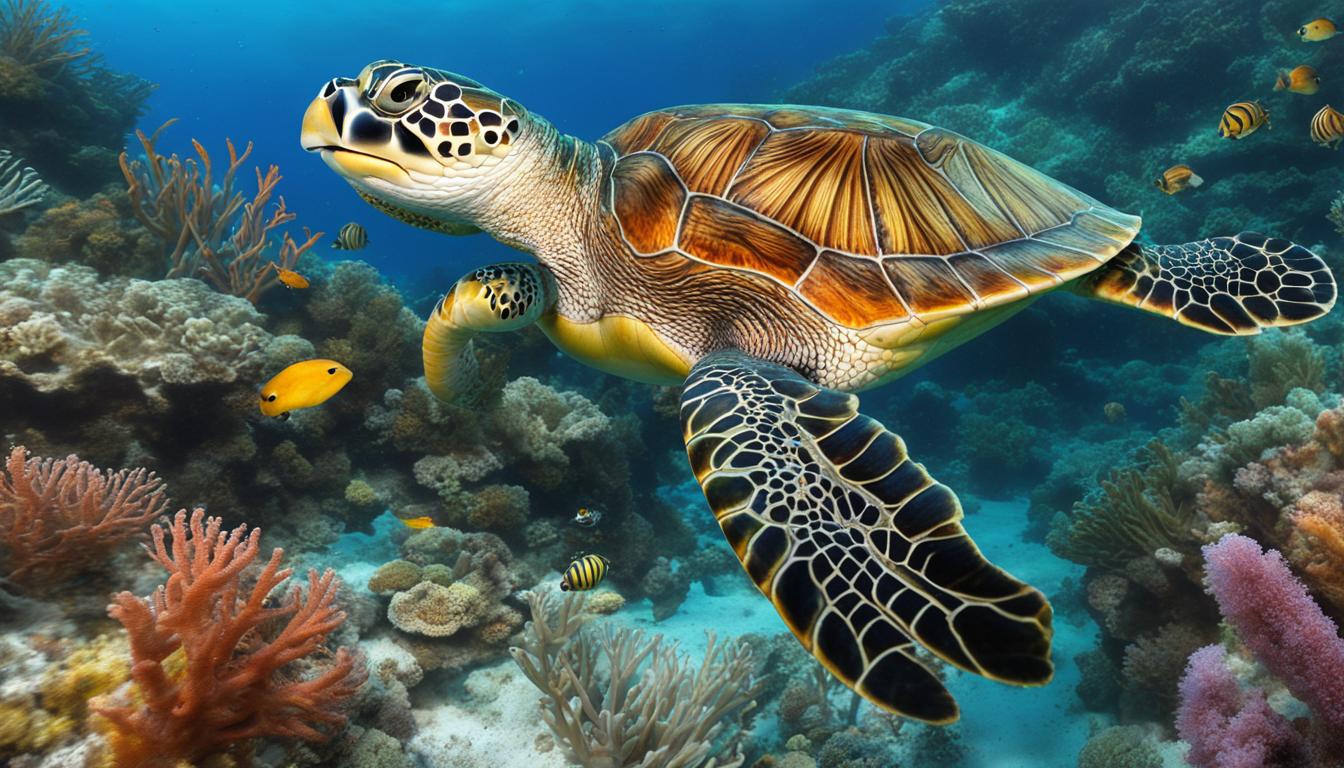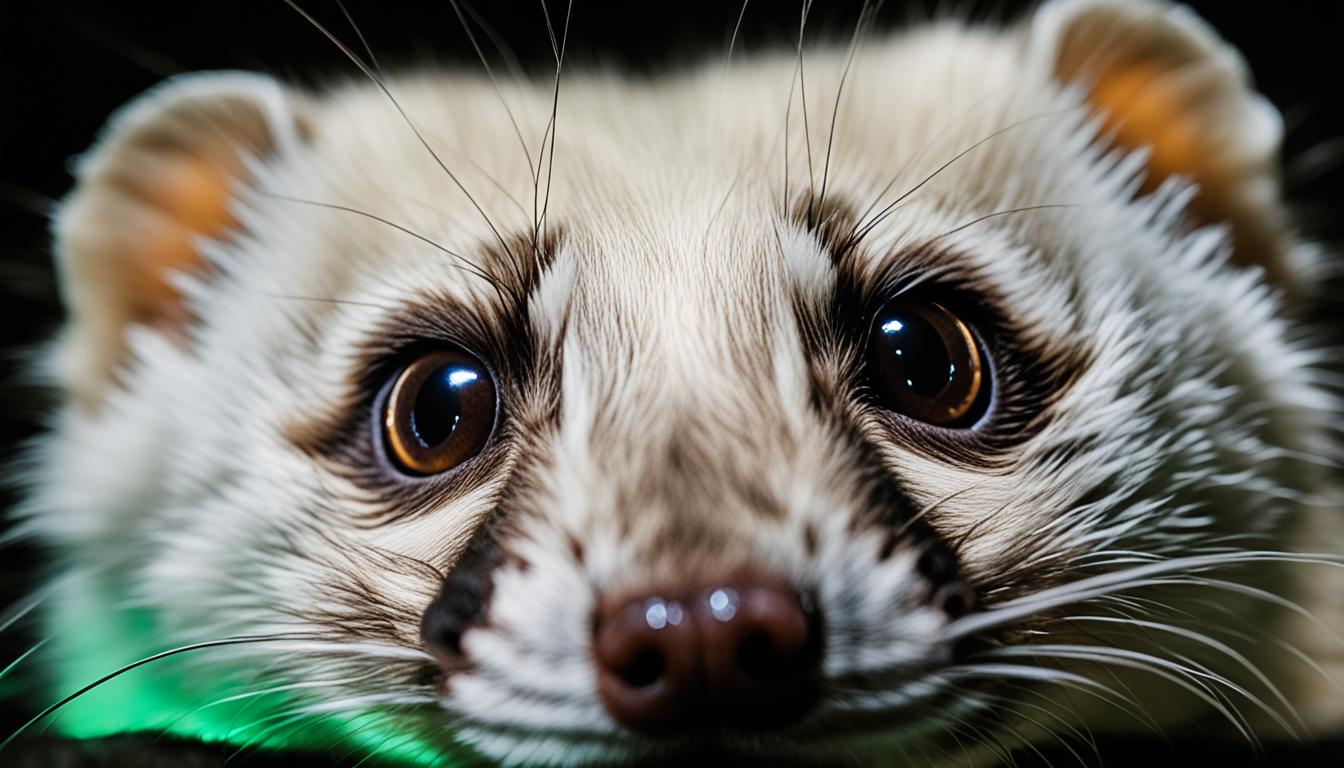Understanding endangered species is essential for directing conservation efforts. These animals are at risk due to factors such as habitat loss, pollution, and poaching, which emphasize the importance of population size and habitat degradation in assessing their level of vulnerability. Conservation efforts are crucial for protecting these species, guaranteeing their survival, and preserving ecosystem equilibrium and crucial services.
By prioritizing efforts to address human-induced threats and engaging in collaborative conservation strategies, individuals play a crucial role in protecting wildlife. Global commitments to conservation, such as those outlined by the IUCN Red List, provide essential support for conservation projects worldwide. Together, we can make a difference in preserving endangered animal species and their habitats.
Key Takeaways
- Protect habitats from destruction and pollution.
- Combat illegal wildlife trade and poaching.
- Implement sustainable conservation practices.
- Support breeding and reintroduction programs.
- Educate communities on conservation importance.
Understanding Endangered Species
Understanding endangered species is essential for guiding conservation efforts and preventing their extinction. Endangered species face threats like habitat loss, pollution, and poaching, which endanger their survival. Factors such as population size and habitat degradation are crucial in determining the level of risk these species face.
Conservation initiatives are vital in safeguarding endangered species and maintaining ecosystem balance. The protection of these species isn't only about saving them from extinction but also about preserving their roles in pollination, seed dispersal, and regulating food chain populations. By safeguarding endangered species, we ensure the continuity of their essential services for future generations.
Conserving these species isn't just a matter of preserving individual creatures but also about upholding the delicate web of life that relies on each species to maintain the health and balance of our ecosystems.
Importance of Conservation Efforts

Exploring the significance of conservation efforts for endangered animal species reveals the critical role they play in preserving biodiversity and ecological equilibrium.
Conservation efforts are vital to protect endangered animal species from extinction. By preserving these species, we maintain the intricate web of life on Earth, ensuring a healthy and balanced ecosystem for all living organisms.
The importance of conservation efforts extends beyond just saving individual species; it also contributes to safeguarding the cultural significance, medicinal properties, and aesthetic value that these animals hold for various communities worldwide.
Additionally, these efforts help in maintaining essential ecosystem services provided by endangered animals, such as pollination, seed dispersal, and regulating populations of other species.
Addressing Causes of Endangerment
To effectively address the causes of endangerment faced by threatened animal species, we must prioritize identifying and mitigating human-induced threats such as habitat loss, pollution, overexploitation, and climate change. Understanding specific threats is crucial for targeted conservation efforts. Conservation strategies should focus on the root causes of endangerment to be effective in saving species. Human activities like deforestation, pollution, and illegal wildlife trade significantly contribute to species endangerment. Collaborative efforts involving governments, organizations, and communities are essential to address and mitigate these causes. By working together, we can develop and implement conservation plans that tackle habitat loss, pollution, overexploitation, and climate change effectively.
| Cause | Description |
|---|---|
| Habitat Loss | Destruction of natural habitats due to human activities |
| Pollution | Contamination of the environment with harmful substances |
| Overexploitation | Excessive harvesting of resources beyond sustainable levels |
| Climate Change | Alteration of global climate patterns affecting ecosystems |
Role of Individuals in Conservation

How can individuals actively contribute to the conservation of endangered animal species?
Individuals play a critical role in protecting wildlife and preserving endangered species through various actions. Here are four key ways individuals can make a difference:
- Support Protected Areas: By advocating for the creation and maintenance of protected areas, individuals can help safeguard habitats vital for endangered species' survival.
- Promote Sustainable Products: Choosing sustainable products and avoiding those that harm endangered species can reduce demand for such goods and support conservation efforts.
- Engage in Citizen Science: Participating in citizen science initiatives allows individuals to contribute valuable data that aids in monitoring and protecting species at risk.
- Raise Public Awareness: By spreading awareness about the importance of conservation and the threats faced by endangered species, individuals can inspire others to take action and support conservation efforts.
Through these actions and more, individuals can play a crucial role in protecting wildlife and preserving biodiversity for future generations.
Global Commitment to Conservation

Individuals actively contribute to global conservation efforts by supporting initiatives that protect endangered species and their habitats on a worldwide scale. Global conservation efforts have resulted in the safeguarding of over 200,000 land and marine areas globally.
The International Union for Conservation of Nature (IUCN) Red List plays a pivotal role in assessing the conservation status of species worldwide, guiding conservation strategies. Conservation organizations such as WWF and Conservation International transcend borders to ensure the protection of endangered species through collaborative conservation initiatives.
International agreements like the Convention on Biological Diversity are instrumental in promoting conservation and sustainable biodiversity conservation on a global scale. Initiatives like the Global Environment Facility provide crucial support to conservation projects in more than 170 countries, emphasizing the importance of collective action in endangered species protection.
Frequently Asked Questions
How Can You Help Save Endangered Animals?
We can help save endangered animals by:
- Supporting conservation organizations
- Educating ourselves and others about the importance of protecting species and habitats
- Volunteering at wildlife centers
- Adopting sustainable living practices
- Advocating for stronger laws
Our collective efforts can make a significant impact in preserving biodiversity and ensuring the survival of endangered species for future generations.
Let's take action and be the voice for those who can't speak for themselves.
What Is a Conservation Plan for Endangered Species?
When it comes to protecting endangered species, a conservation plan functions like a lifeline for at-risk populations. It lays out specific actions to combat threats such as habitat loss, pollution, climate change, and poaching. These plans often involve restoring habitats, breeding in captivity, reintroducing animals, and monitoring populations. By addressing the root causes of decline, conservation plans strive to ensure the survival and recovery of endangered species.
Collaboration among various stakeholders is crucial for successful implementation.
What Is the 10 Most Endangered Animal?
The top 10 most endangered animals include species like the vaquita, Javan rhinoceros, and northern white rhinoceros. These animals are under severe threats like habitat loss, poaching, and climate change.
Conservation efforts are crucial to prevent their extinction. The list of the 10 most endangered animals is regularly updated based on population trends and conservation status.
Awareness and support for these endangered species are essential for their survival and recovery.
What Are Some Legal Strategies That Can Be Employed to Protect Endangered and Threatened Species?
One effective legal strategy for protecting endangered and threatened species is the implementation of habitat conservation plans and species-specific regulations. These measures help safeguard critical habitats and populations, ensuring their survival.
How Can Individuals Contribute to Saving Endangered Animal Species?
There are several ways individuals can contribute to protecting endangered animal species. Some ways include supporting conservation organizations, volunteering at wildlife refuges, educating others about the importance of conservation, and making sustainable choices in daily life. Every contribution, no matter how small, can make a difference in the survival of these species.
Conclusion
In conclusion, let's join forces to become the guardians of our planet's precious wildlife. Together, we can be the stewards of the natural world, protecting endangered species like knights defending their kingdom.
Let's take action, make a difference, and ensure a brighter future for all living beings on Earth. Let's be the heroes that conservation needs.










